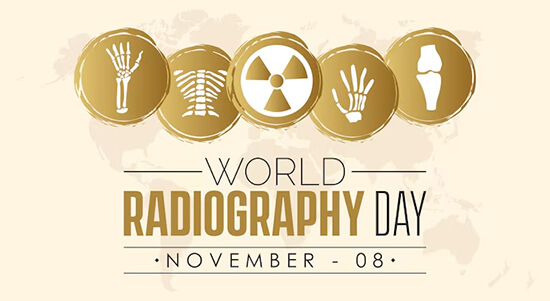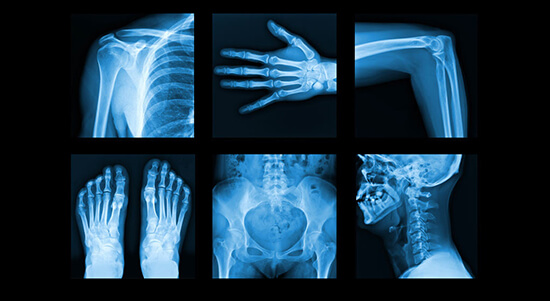Celebrating World Radiography Day: The Unsung Heroes of Healthcare

World Radiography Day, celebrated annually on 8th November, marks the anniversary of the discovery of X-rays by German physicist Wilhelm Conrad Roentgen in 1895. This groundbreaking discovery revolutionised medicine, providing a non-invasive way to see inside the human body. On this day, we honour radiographers and radiologic technologists worldwide, recognising their vital role in modern healthcare.
The Role of Radiographers in HealthcareRadiographers are often referred to as the “eyes of medicine.” Their expertise enables doctors to accurately diagnose conditions, monitor the effectiveness of treatments, and perform minimally invasive procedures. With their knowledge of imaging technology, they operate a range of equipment, including X-ray, MRI (Magnetic Resonance Imaging), CT (Computed Tomography) scans, and ultrasound. These images are crucial for identifying conditions such as fractures, cancers, infections, and cardiovascular diseases, helping guide the course of treatment.
In addition to technical skills, radiographers bring a compassionate touch to patient care. Many patients undergoing radiographic procedures may be experiencing pain, anxiety, or fear, and radiographers play an essential role in ensuring these patients are comfortable and informed throughout their procedures. The relationship between radiographers and their patients is one of trust and empathy, critical to the success of any healthcare encounter.
Technological Advancements in RadiographyRadiography has come a long way since Roentgen’s discovery. Advances in digital imaging, such as 3D imaging and interventional radiology, have enhanced diagnostic accuracy while reducing radiation exposure. Techniques like MRI and ultrasound do not use ionising radiation, making them safer alternatives for certain cases. These developments mean radiographers must continually update their skills and knowledge, staying current with emerging technologies and maintaining a high standard of care.
One of the most promising fields within radiography today is AI-powered imaging. Artificial Intelligence (AI) has the potential to assist radiographers in identifying anomalies, suggesting diagnoses, and speeding up analysis. While AI cannot replace the human touch, it offers tools that radiographers can leverage to improve diagnostic precision and patient outcomes.
Radiographers on the FrontlineThe COVID-19 pandemic highlighted the crucial role of radiographers as frontline healthcare workers. Imaging services were essential in detecting and monitoring COVID-19’s impact on the lungs, making radiographers indispensable in the fight against the virus. Working long hours under challenging conditions, radiographers demonstrated resilience, expertise, and commitment, further underlining the importance of their profession.

Celebrating and Supporting Radiographers
World Radiography Day celebrates the profession and raises awareness about the need for safe practices, high standards, and ongoing support for those in the field. As healthcare evolves, the demand for skilled radiographers grows, emphasising the importance of investment in training, professional development, and supportive work environments.
On 8th November, let us honour the radiographers and technologists who serve as the backbone of medical imaging. Their contributions allow doctors to save lives, provide more accurate diagnoses, and offer effective treatments. By recognising their dedication, we reinforce the importance of their work and the continuing advancement of healthcare technology. World Radiography Day is a reminder to appreciate these unsung heroes and acknowledge their indispensable role in modern medicine.
Feel free to share this blog with friends and family – after all, the more we know, the stronger we become.